What is TFT Display?
Though technology is changing and becoming more advanced every day, it’s important to be aware of both LCD (Liquid Crystal Display) advantages as well as disadvantages.
A good way in which you can tell if an IPS or TFT screen will work better for your organization would start by looking at its features & functionality firsthand before making any decisions on what type may ultimately suit best with how much money they have available because let’s face facts here.
No matter whether we like them or not, pixels aren’t cheap!
Meanwhile, if you are planning to purchase a new monitor then check out our article on best monitors under $500 and best monitors for AutoCad.
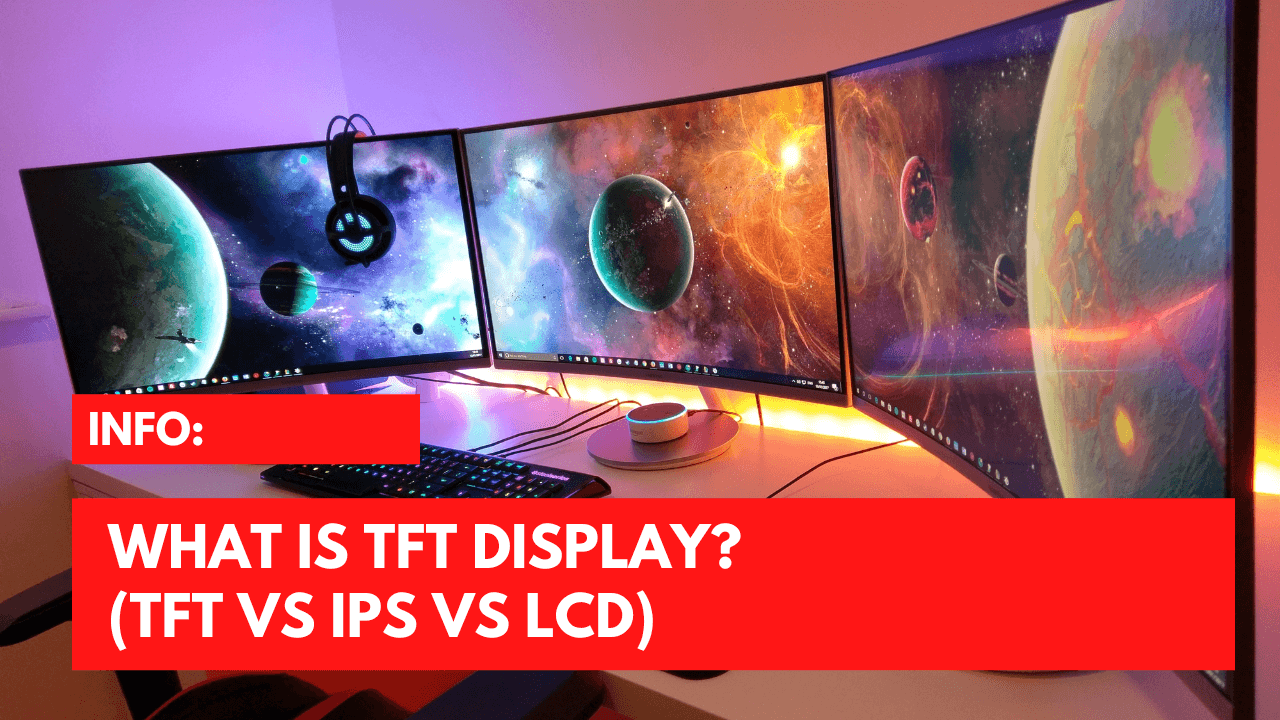
Is TFT Display Different Than IPS and LCD? | Detailed Guide
What is TFT Display
TFT (Thin Film Transistor) is a type of LCD that uses thin-film transistor technology to improve image qualities such as addressability and contrast.
It is the most common display type in use today, found in everything from laptops and smartphones to TVs and medical equipment.
The key advantage of TFT displays is that they can produce very sharp images with a wide range of colors.
They are also thinner and lighter than other types of LCDs, making them ideal for use in portable devices.
However, TFT displays also have some disadvantages. They can be more expensive than other types of LCDs, and their image quality can deteriorate over time, particularly if they are used in high-temperature environments.
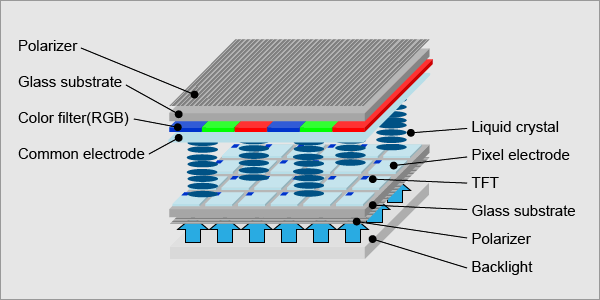
Pros
- The displays are thinner and lighter than other types of LCDs, making them ideal for use in portable devices.
- It can produce very sharp images with a wide range of colors.
- These are less likely to suffer from image degradation over time.
Cons
- Such displays can be more expensive than other types of LCDs.
- It may have reduced image quality over time.
- It may not be as bright as IPS displays.
What is IPS Display?
IPS (In-Plane Switching) is a type of LCD that offers better image quality than TFT display, with higher levels of brightness, color saturation, and contrast.
It is often used in high-end laptops and monitors, as well as in some smartphones and TVs.
The key advantage of IPS displays is that they offer superior image quality to TFT display.
They are also less likely to suffer from image degradation over time, making them a good choice for use in high-temperature environments.
However, IPS displays can be more expensive than TFT Screen, and their larger size can make them less portable.
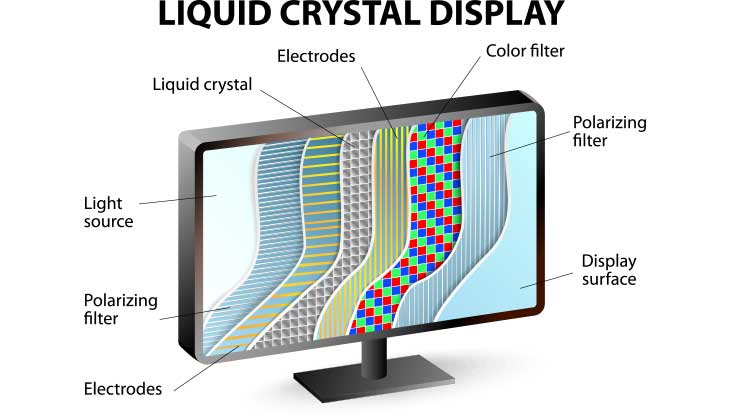
Pros
- IPS displays offer superior image quality.
- IPS displays are less likely to suffer from image degradation over time.
- IPS displays can be brighter.
Cons
- IPS displays can be more expensive.
- IPS displays may be larger and less portable.
- IPS displays may have reduced image quality over time.
What is an LCD Display?
LCD (Liquid Crystal Display) is a type of display that uses liquid crystals to create an image.
It is the most common type of display in use today, found in everything from laptops and smartphones to TVs and medical equipment.
LCDs have several advantages over other types of displays, including their low cost, wide range of colors, and low power consumption.
However, LCDs also have some disadvantages. They can suffer from image degradation over time, particularly if they are used in high-temperature environments.
They are also less durable than other types of displays, and their images can be affected by changes in temperature and humidity.
So, Which One Should You Choose?
Ultimately, the decision of whether to choose a TFT or IPS display will come down to your specific needs and preferences.
If you need a display that is lightweight and portable, then a TFT may be the best option.
If you need a display with superior image quality, then an IPS display may be the better choice.
And if you need a display that is both lightweight and has superior image quality, then you may want to consider a hybrid TFT/IPS display.
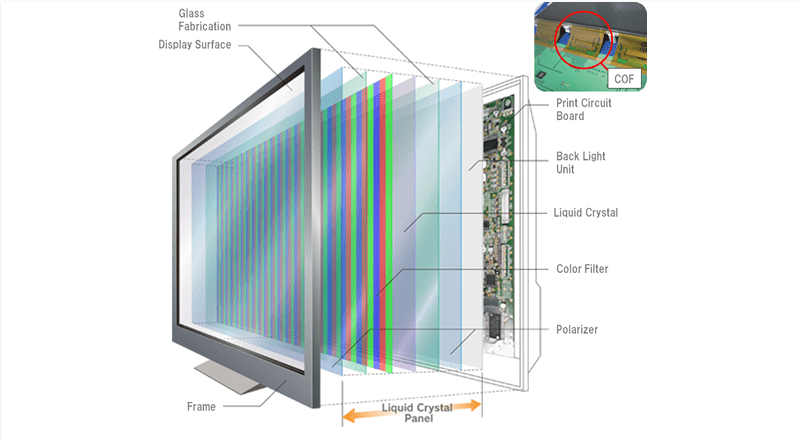
Pros
- LCDs are cheaper than TFT and IPS displays.
- LCDs have a wide range of colors.
- LCDs are more energy-efficient than other types of displays.
Cons
- LCDs may not be as bright as TFT or IPS displays.
- LCDs may have reduced image quality over time.
- LCDs may be less portable than TFT displays.
Which One Is Best For You? (How To Choose)
It ultimately depends on your needs and preferences. If you need a display that is lightweight and portable, then a TFT Display may be the best option. If you need a display with superior image quality, then an IPS display may be the better choice.
And if you need a display that is both lightweight and has superior image quality, then you may want to consider a hybrid TFT/IPS display.
TFT are thinner and lighter than other types of LCDs, making them ideal for use in portable devices.
It displays can produce very sharp images with a wide range of colors. TFT are less likely to suffer from image degradation over time.
However, the displays can be more expensive than other types of LCDs. TFT displays may have reduced image quality over time. It may not be as bright as IPS displays.
IPS displays offer superior image quality. IPS displays are less likely to suffer from image degradation over time. IPS displays can be brighter than TFT.
However, IPS displays can be more expensive than TFT displays. IPS displays may be larger and less portable than TFT. IPS displays may have reduced image quality over time.
LCDs are cheaper than TFT and IPS displays. LCDs have a wide range of colors. LCDs are more energy-efficient than other types of displays.
However, LCDs may not be as bright as TFT or IPS displays. LCDs may have reduced image quality over time. LCDs may be less portable than TFT displays.
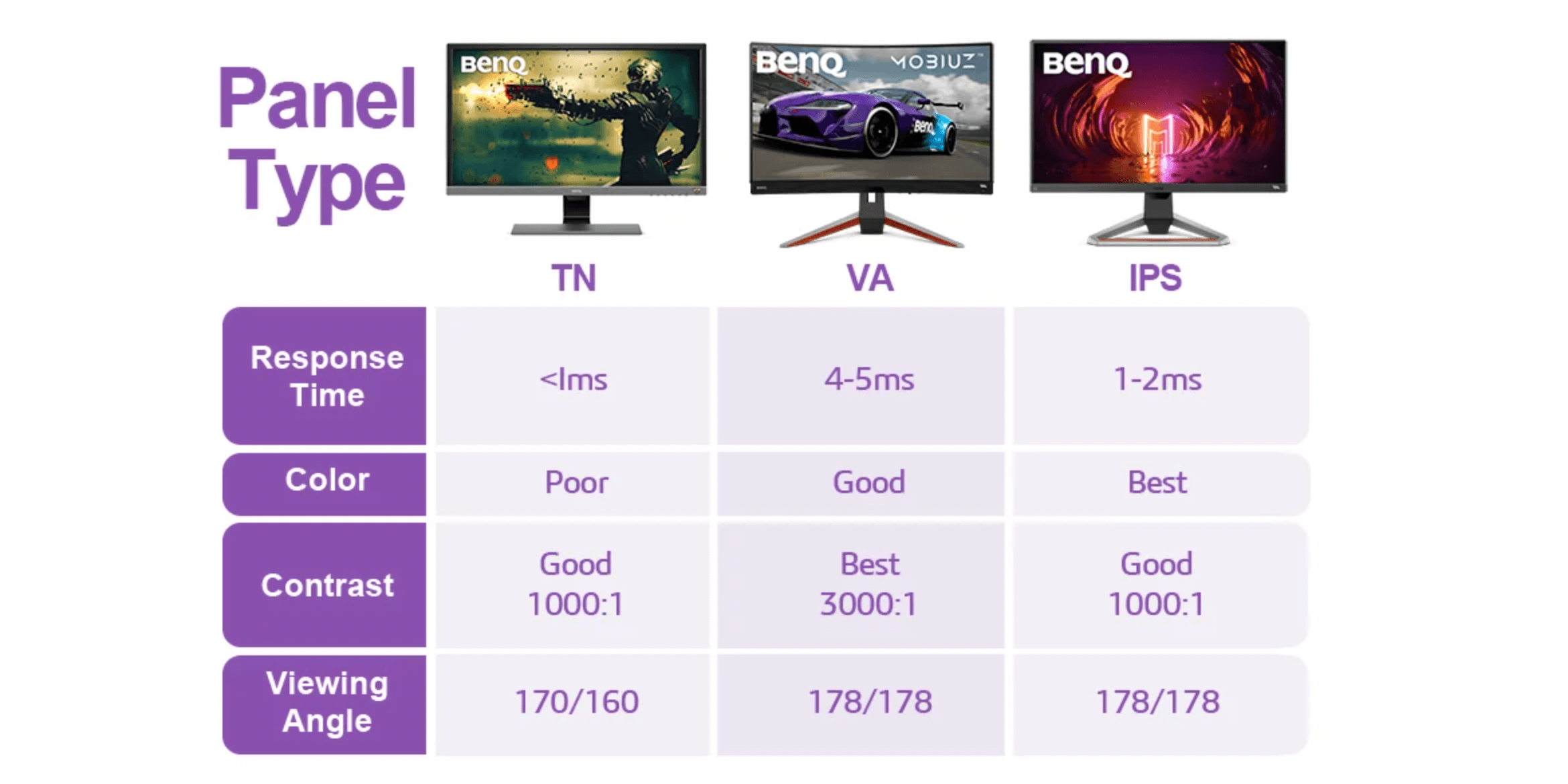
FAQs
What is TFT technology and how does it differ from other displays?
TFT uses active matrix and thin-film MOSFET transistors to control pixels. This allows for high-resolution, high-contrast, and wide viewing angles compared to other display types.
How does the contrast ratio affect TFT LCD display quality?
The contrast ratio defines the difference between the brightest and darkest shades, impacting image quality, color vibrancy, and clarity.
Why is LED backlighting important in TFT displays?
LED backlighting offers energy efficiency, a longer lifespan, brightness control, and improved color reproduction.
How do TFT displays compare in viewing angles?
TFT displays, especially IPS technology, provide wide viewing angles, minimizing color and contrast shifts.
What contributes to high TFT LCD display resolution?
High resolution results from pixel count, display size, and pixel density, delivering detailed and sharp visuals.
Conclusion
In conclusion, it depends on your needs as to which display you should choose.
If you need a lightweight and portable display, then a TFT display would be the best option. If you need superior image quality, then an IPS display would be the better choice.
Overall our recommendation will be the TFT display panels because it is portable and cheaper than IPS. And if you need a display that is both lightweight and has superior image quality, then a hybrid TFT/IPS display would be the best option.
